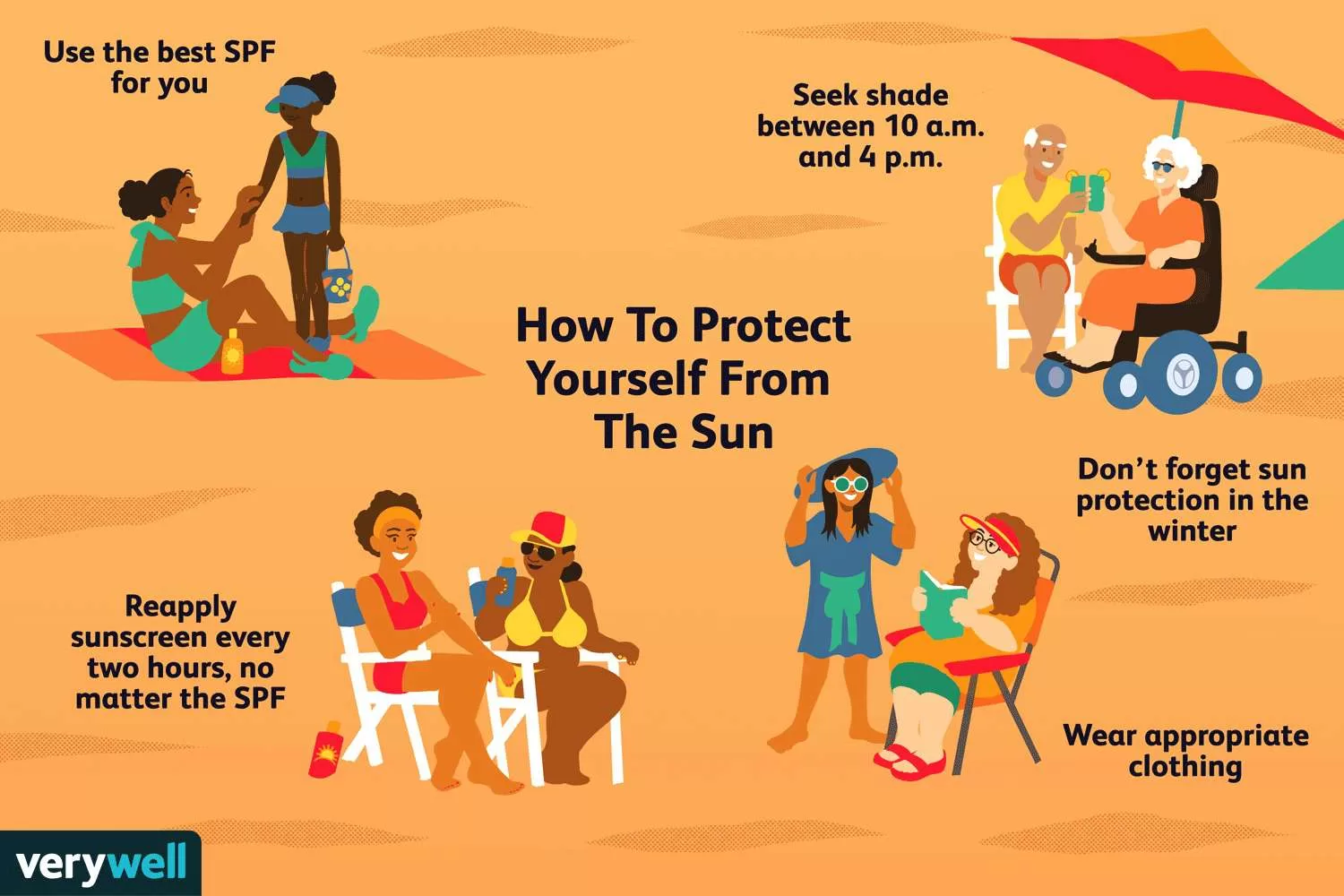In today’s world, protecting your skin from harmful sun exposure is not just a matter of beauty — it’s a health essential. With increased awareness about the dangers of UV rays and the long-term effects of sun damage, more people are turning to effective sun protection strategies. At the center of this movement is a simple yet powerful solution: SPF.
What Is SPF and Why Should You Care?
SPF stands for Sun Protection Factor. It measures how well a product shields your skin from the sun’s ultraviolet B (UVB) rays — the type responsible for sunburn and skin cancer. For example, an SPF 30 sunscreen theoretically allows you to stay in the sun 30 times longer than if you were unprotected.
But SPF is more than just a number on a bottle. It’s your frontline defense against premature aging, sunburn, hyperpigmentation, and the serious risk of melanoma. Whether it’s summer or winter, sunny or cloudy, SPF should be part of your daily skincare routine.
Common Myths About Sun Protection
Many people believe sunscreen is only necessary on hot, sunny days or during vacations. This couldn’t be further from the truth. UV rays can penetrate clouds and even glass, meaning your skin is constantly exposed — even during routine activities like walking the dog or driving.
Others assume that people with darker skin tones don’t need SPF. While it’s true that melanin offers some natural protection, it doesn’t make anyone immune to UV damage or skin cancer. Sun protection is for everyone.
Types of Sunscreens: Choosing What’s Right for You
There are two main types of sunscreens:
- Physical (mineral) sunscreens use ingredients like zinc oxide or titanium dioxide to reflect UV rays off the skin’s surface. They are ideal for sensitive skin.
- Chemical sunscreens absorb UV rays before they can harm your skin. They often feel lighter and are easier to apply under makeup.
Each type has its benefits, and the best choice depends on your skin type, lifestyle, and preferences. What matters most is using a product with broad-spectrum protection — blocking both UVA and UVB rays — and a sufficient SPF level.
For more information and to explore protective options designed for all skin types, check out this in-depth guide on spf.
SPF in Your Daily Routine
Think SPF is just for beach days? Think again. SPF should be a year-round commitment. Even on overcast days, up to 80% of the sun’s UV rays can reach your skin. Regular daily use of SPF products can significantly reduce the risk of sun damage and prevent signs of premature aging.
Here’s how to make SPF a habit:
- Apply it every morning — even in winter.
- Reapply every 2 hours if you’re outdoors.
- Use at least SPF 30 for everyday protection.
- Don’t forget your lips, ears, neck, and hands.
The Anti-Aging Power of Protection
One of the most talked-about benefits of consistent SPF use is its anti-aging effect. Studies show that people who use sunscreen daily experience 24% less skin aging than those who don’t. Wrinkles, dark spots, and loss of elasticity are all slowed by simply wearing SPF consistently.
Pair your sunscreen with antioxidants (like vitamin C) and a proper moisturizing routine, and you’re well on your way to healthier, younger-looking skin.
Final Thoughts: It’s Time to Take SPF Seriously
The sun is powerful — and while its warmth may feel good, its UV rays are constantly working against your skin. Thankfully, SPF gives you the power to fight back. It’s simple, accessible, and one of the best choices you can make for your health and appearance.
Whether you’re spending a day at the beach or just heading out for coffee, don’t forget your sunscreen. It’s more than skincare — it’s self-care.
And if you want to make the best decision for your skin, explore how the right spf can transform your approach to sun protection today.



